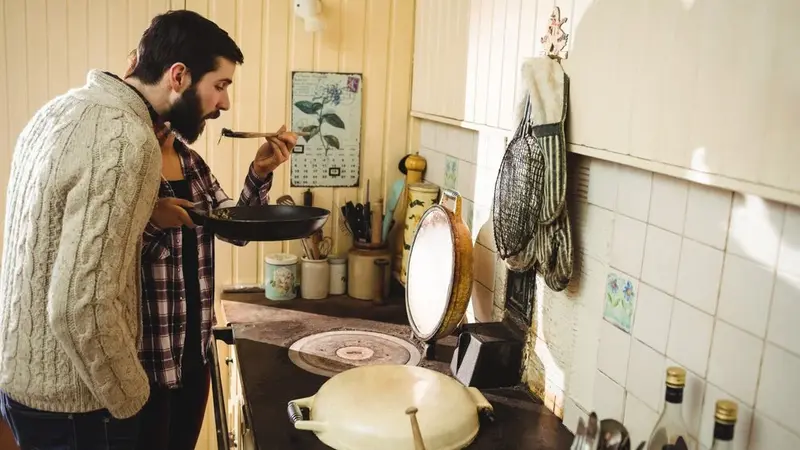In a world increasingly dominated by mass production and automated manufacturing, the timeless beauty of handmade goods offers a breath of fresh air. These wonders, crafted with meticulous attention to detail and an unparalleled level of care, bring forth the essence of artistry and craftsmanship into our daily lives.
This blog post is a deep dive into the enchanting world of handcrafted wonders, tailored for art enthusiasts and the vibrant DIY community eager to celebrate and uphold the tradition of making.
The History and Resurgence of Handcrafted Goods
Handcrafting has roots deep in the annals of history, where every object was made by hand with rudimentary tools, reflecting the culture and creativity of local communities. However, the Industrial Revolution marked a shift towards mass production. Despite this, the 21st century is witnessing a resurgence of interest in handcrafted goods, a movement driven by appreciation for the distinctive quality and sustainability practices inherent in handmade products.
The Artisanal Process: A Behind-the-Scenes Look
Creating handcrafted goods is a labor of love and dedication. Artisans invest hours, often days, into producing a single item. This section explores the painstaking process from conception to completion, the skills developed over the years, and the joy that creators find in bringing an object to life.
Spotlight on Various Handcrafting Techniques and Materials
Handcrafting encompasses a broad spectrum of techniques and materials, each with its unique characteristics and challenges. From the weaving of textiles to the forging of metal, embossing folders, carving of wood, and blowing of glass, this section shines a light on the diversity of craftsmanship, highlighting how different cultures have contributed to the rich tapestry of artisanal methods.
The Impact of Handmade Goods on Local Economies and Sustainable Practices
Beyond their aesthetic appeal, handcrafted goods are paramount in promoting sustainable practices and bolstering local economies. This segment delves into the myriad ways in which opting for handmade items over mass-produced counterparts can exert a positive impact on the environment. By favoring the craftsmanship of local artisans, consumers not only contribute to reducing the carbon footprint associated with large-scale manufacturing but also play a vital role in the survival and growth of small communities.
Choosing handmade goods means supporting ethical labor practices, encouraging the use of locally sourced materials, and fostering a culture of sustainability that benefits both the planet and local economies.
How to Support and Promote Handmade Goods
Supporting handcrafted goods goes beyond a simple transaction; it represents an active engagement in a significant movement that prioritizes sustainability, exceptional quality, and the unique touch of human craftsmanship. This section is dedicated to offering practical advice for art lovers and the DIY community on how they can actively promote and support the realm of handmade creations.
It includes suggestions such as attending local craft fairs to directly support artisans, leveraging social media platforms to share and celebrate the work of talented crafters, and exploring online marketplaces that specialize in handmade goods. By taking these steps, individuals can contribute to a thriving ecosystem that celebrates creativity and sustains the tradition of craftsmanship.
Conclusion
The art of craftsmanship goes beyond the mere creation of objects. It’s about preserving traditions, supporting sustainable practices, and celebrating the uniqueness of human expression. In an increasingly impersonal world, handmade goods offer a connection to the individuality of the maker and provide an experience that transcends the norm.
